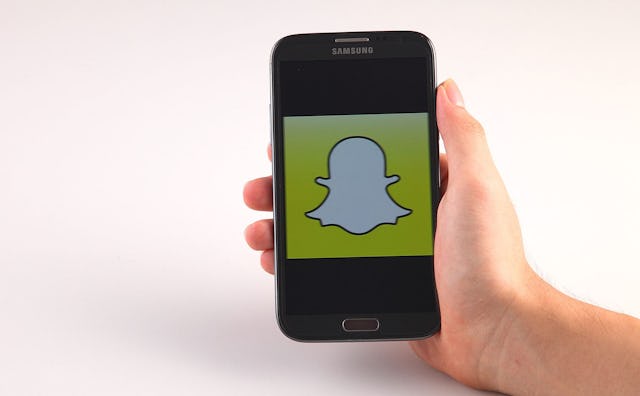Tween Tech: What Parents Need To Know About Snapchat

What it is: An app that allows users to send text, photo and video messages that self-destruct. It also allows for real-time chatting via text or video.
Why it’s popular for teens and tweens: Snapchat’s appeal is the ability to send messages that “disappear” after a set time limit (up to 10 seconds). It’s free and only requires a Wi-Fi connection.
Why it’s important: Because of its self-destruct feature, Snapchat has gained a reputation for sexting. While of course there are many kids (and adults) using the app simply as an alternative to traditional texting, Snapchat offers significantly more of a temptation than other texting apps. Even savvy tweens and teens may believe it’s safe to send texts or images they would otherwise think twice about putting online.
How many kids are using it: Snapchat came onto the scene just a few years ago and has grown exponentially. No one’s quite sure, but estimates put Snapchat’s user base at over 100 million, and a reported 32 percent of those are between 13 and 17. Snapchat states that it is not intended for kids under 13, but most tweens know how easy it is to get around age restrictions (and if they don’t, the info is just a Google search away).
Anecdotally, I can say that while almost no one is willing to admit their kid uses Snapchat, every parent of tweens and young teens I spoke with knows of at least one of their kids’ friends who does.
How kids are using it: Many kids are using Snapchat as an alternative to traditional texting, either because they don’t have a data plan or because they like the idea that there’s no “permanent record” of their communications.
How parents can monitor it: It’s not easy. Unlike other apps where parents can “friend” or “follow” their child to see what they are sending out, Snapchat doesn’t automatically archive anything. Parents can ask their kids to review their “Story”—a look at what the user has been doing over the previous 24 hours—but this is far from foolproof. Users choose what gets added to their Story and what is hidden, so you may not be seeing everything.
For the desperate, reassurance is available at a hefty price (between $16 and $70 a month depending on the subscription term) via mSpy. This is software that allows a parent to monitor Snapchat, and pretty much everything else a kid does on their phone. It’s the nuclear option for sure, and I would strongly suggest you let your child know you’re monitoring them before you do it, though the software does not leave an icon on the screen, so kids won’t know it’s there.
Why parents can relax, a little bit: I tried hard to find something positive to say to parents about Snapchat, and the best I can do is that it’s not that much worse than many of the other messaging apps out there. Faint praise for sure.
While my daughter doesn’t use Snapchat, a few of her friends do, and it’s been a good way to start the conversation about what privacy means on the Internet (nothing), and how she should think about the kinds of things she sends out, no matter the forum (nothing she would be embarrassed for me to see). So as a real-world example of what not to do, Snapchat serves an instructive purpose.
Why parents should worry: Of all the messaging apps out there, Snapchat scares me the most. I’m not sure what’s worse—encouraging kids to share things they wouldn’t want preserved longer than 10 seconds or the false sense of security that the images aren’t being saved anyway.
While Snapchat notifies the sender if the recipient takes a screenshot, there are plenty of third-party apps that get around the notification (just Google “how to save a photo from Snapchat” and prepare to be horrified). Snapchat’s own parents’ guide admits, “as always with digital media, 100% safe sharing doesn’t exist.”
It’s bad enough to ponder your kid sending or receiving inappropriate texts or images, and not necessarily sexual content. Snapchat also appeals to bullies, who feel safe thinking their comments can’t be traced, but what’s more insidious is that Snapchat is a prime tool for exploiters.
An article in the August issue of Glamour magazine details the story of Ashley Reynolds, who was coerced into sending nude photos and videos to Lucas Michael Chansler. Chansler claimed he had a salacious image of her and would release it to her family and friends if she did not comply. Reynolds was just one of 350 victims he targeted. She was 14 when it started.
To be fair to Snapchat, Chansler and other predators use many forums to identify potential victims—Facebook, Instagram and Skype among them. But Snapchat poses the biggest danger, because kids may think it’s less damaging to send material that will supposedly self-destruct.
Like with all social media, the bottom line is that as overwhelming as it seems, parents must educate themselves on the features and potential dangers of each app and stay on top of how and with whom their kids are communicating. (See our earlier article on Jott.) I highly recommend sharing the Glamour article with tweens as part of the larger conversation around using social media.
This article was originally published on